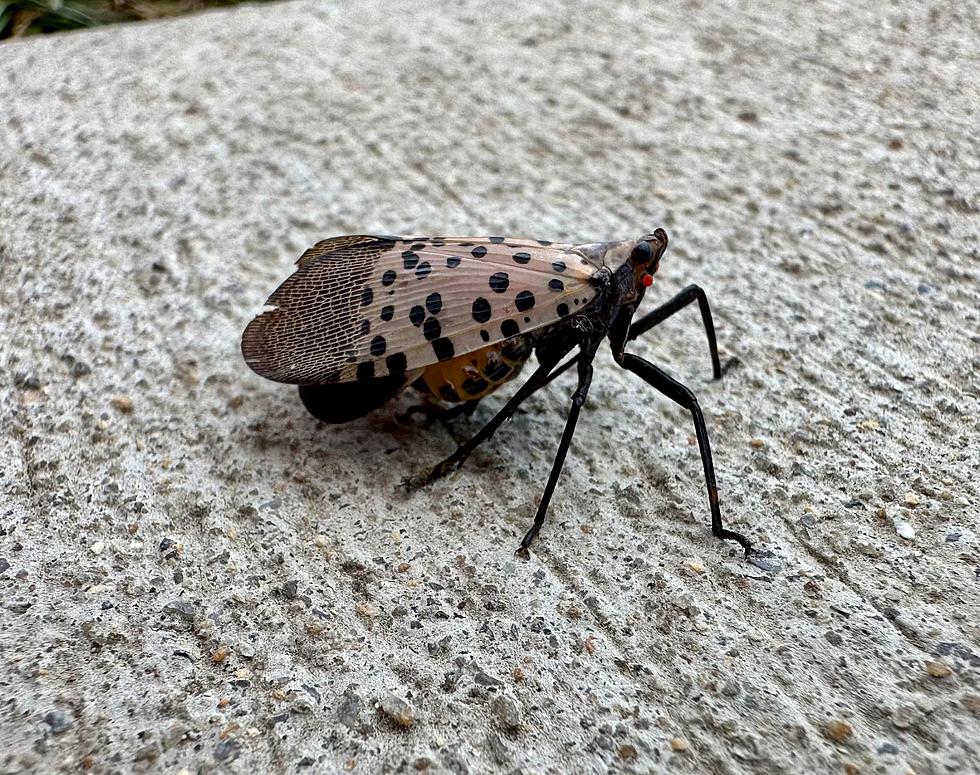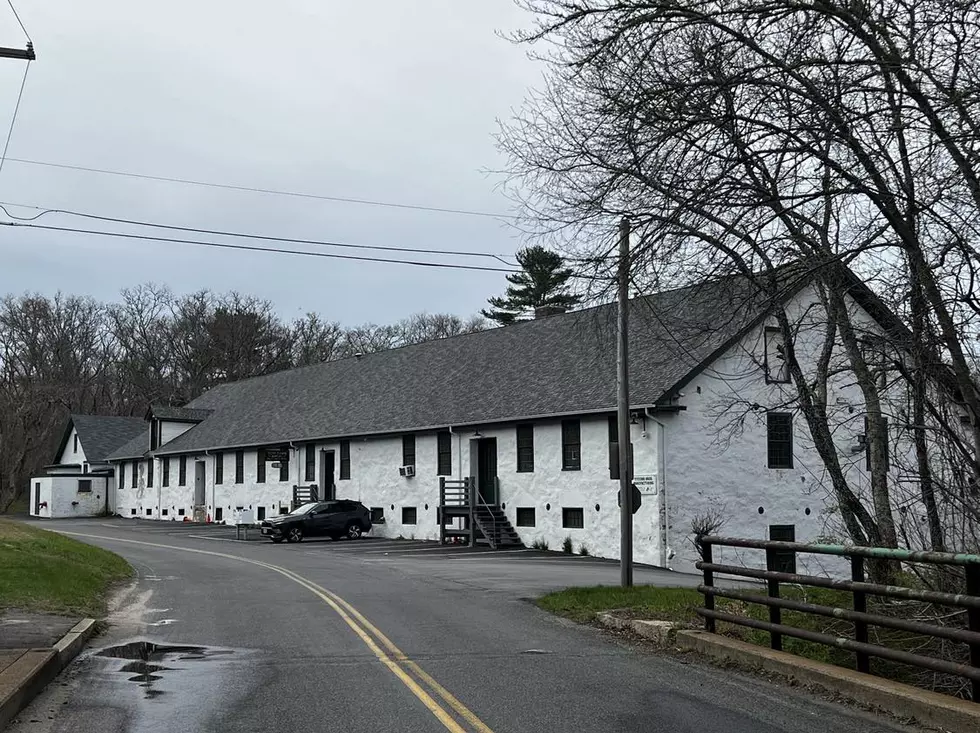
Have You Seen This? It Means Trouble for Massachusetts
The Massachusetts Department of Agricultural Resources is reminding the community of a pesky little insect that can wreak havoc on plant material. As another growing season arrives, the spotted lanternfly needs to be controlled.
To all the growers, retailers, brokers, and landscapers, here is how to ensure your plant material does not have spotted lanternfly egg masses.
What Is the Spotted Lanternfly?
According to MDAR, Massachusetts is one of seventeen states with established infestations of the spotted lanternfly.

“Spotted lanternfly is a sap-feeding insect that has caused significant impacts to vineyards, orchards, and other agricultural commodities in states where it has become established,” said MDAR. “SLF not only harms grapevines, maples, hops, blueberries, and over 100 other host plants but has the potential to negatively impact any outdoor business through their swarming behavior that occurs in the late summer.”
READ MORE: New Confirmed Massachusetts Sightings of Spotted Lanternfly
To stop the spread of this pest, start at the source and look for egg masses. With the approach of spring, these pests are getting ready to hatch.
How to Spot an SLF Egg Mass
SLF egg masses are flat and grayish-beige in color, and unfortunately, difficult to detect.
Look for masses similar to this one:
Penn State University shared that egg mass cases that were laid up to two years ago can still be found on trees and other structures, and the easiest way to distinguish a fresh egg mass from an old one is the presence of a covering on top of the mass and the presence of “emergence holes.”
“SLFs prefer to lay egg masses in protected areas such as the undersides of tree limbs, picnic tables, and other outdoor surfaces that are horizontal or angled toward the ground,” said the university.
Always Report SLF Egg Masses
Environmental experts are asking for the public’s help in eliminating this species. If you come across a full-grown spotted lanternfly, squish it on-site. If you find an egg mass, take a photo and report it to MDAR online or by emailing slf@mass.gov.
Unveiling the Top Fears That Haunt SouthCoast Residents
Gallery Credit: Maddie Levine
Top 10 Massachusetts Towns for Deer Crashes
Gallery Credit: Michael Rock
These Common Plants Are Illegal in Massachusetts
Gallery Credit: Kate Robinson
More From WFHN-FM/FUN 107









